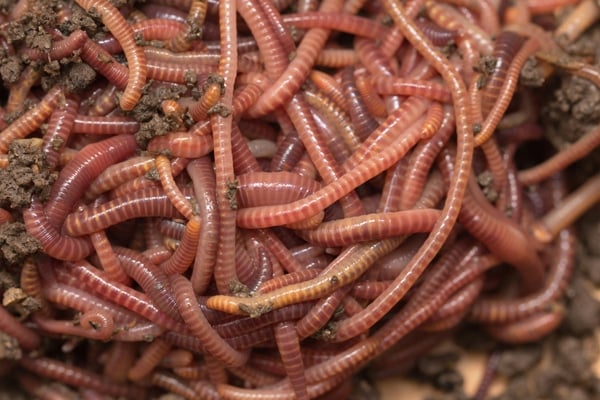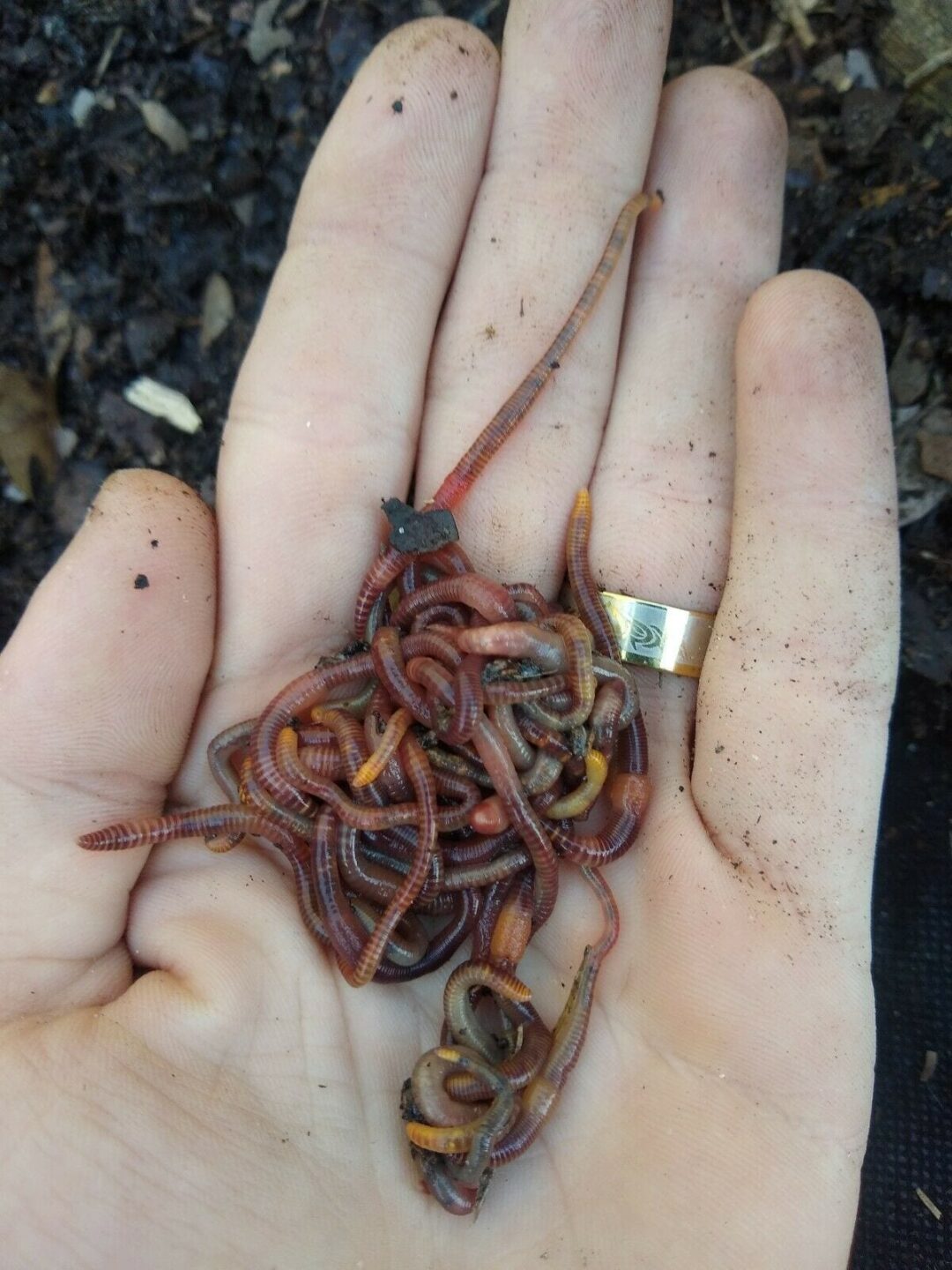Red Wigglers 101: Everything You Required to Know for Thriving Gardens
Red wigglers, or Eisenia fetida, play an essential role in sustainable horticulture methods, serving as efficient decomposers that transform natural waste right into beneficial vermicompost. Understanding their habitat, nutritional choices, and the myriad advantages they provide can transform your gardening strategy.
Understanding Red Wigglers

Red wigglers thrive in atmospheres abundant in organic material and wetness. Red Wiggler Express. They have an one-of-a-kind digestive system that enables them to refine food scraps rapidly, eliminating spreadings that are packed with necessary nutrients such as nitrogen, phosphorus, and potassium. These castings boost soil structure, boost water retention, and foster advantageous microbial task, every one of which add to robust plant health
Moreover, red wigglers can endure in diverse problems, making them versatile to various gardening methods, consisting of interior and exterior composting systems. Their capacity to consume large quantities of organic waste everyday placements them as important allies for both home gardeners and industrial cultivators. By integrating red wigglers right into horticulture efforts, one can significantly enhance soil fertility and support sustainable gardening methods.
Suitable Environment for Red Wigglers
Developing an optimum atmosphere for red wigglers is vital for maximizing their composting capabilities and overall wellness. Red wigglers prosper in wet, dark, and well-aerated environments, which very closely resemble their native environments in ground cover and decomposing natural matter. An appropriate habitat must offer a temperature range between 55 ° F and 77 ° F(13 ° C to 25 ° C), as severe temperatures can emphasize or damage the worms.
The bed linen product, such as shredded paper, cardboard, or coconut coir, need to be kept wet however not excessively wet, as excessive dampness can bring about anaerobic problems destructive to worm wellness. In addition, a pH degree in between 6.0 and 7.5 is ideal, ensuring a well balanced atmosphere.
Proper oygenation is similarly essential; it permits for oxygen flow and avoids the accumulation of harmful gases. A container or container developed for vermicomposting should have water drainage holes to remove excess wetness and advertise air flow. Regular surveillance of these conditions is important for maintaining a flourishing red wiggler population, eventually boosting their effectiveness in damaging down natural waste and enriching yard dirt.
Dietary Requirements and Preferences

Red wigglers exhibit certain choices; they are specifically keen on softer, decaying products over more challenging or even more coarse substances. It is important to avoid feeding them citrus peels, onion, and garlic in huge amounts, as these can be unsafe. Additionally, meat, milk, and oily foods should be left out, as they can bring in bugs and develop unpleasant odors.
(Red Wiggler Express)Environment-friendly materials, such as veggie scraps, offer nitrogen, while brown products, like cardboard and dried leaves, supply carbon. By catering to their nutritional demands, gardeners can foster a prospering populace of red wigglers in their compost systems.
Advantages of Utilizing Red Wigglers
The remarkable benefits of making use of red wigglers in horticulture prolong much past their function in composting. These flexible microorganisms add substantially to dirt wellness, enhancing nutrient availability and advertising microbial activity. By aerating the dirt as they delve, red wigglers improve water drainage and root penetration, creating an ideal environment for plant development.
In addition, red wigglers are reliable recyclers of natural waste, converting it right into nutrient-rich spreadings that function as a superb all-natural plant food. These castings include advantageous bacteria and vital nutrients, such as nitrogen, phosphorus, and potassium, which are vital for plant development. The slow-moving release of nutrients from worm castings makes sure a consistent supply, decreasing the danger of nutrient leaching and advertising sustainable horticulture practices.
Furthermore, the presence of red wigglers can help suppress soil-borne plant conditions. Their digestive system processes produce compounds that inhibit hazardous microorganisms, thereby enhancing plant health. Ultimately, making use of red wigglers cultivates an extra sustainable gardening strategy by reducing dependence on chemical fertilizers and promoting a closed-loop system, where waste is transformed into important resources. Generally, including red wigglers right into horticulture methods supplies a plethora of eco-friendly and farming advantages.
(Red Wiggler Express)
Composting With Red Wigglers

To start an effective vermicomposting system, select an ideal container with correct ventilation and drainage. The optimal environment for red wigglers consists of a damp, dark setup with temperature levels between 55 ° F and 77 ° F. Begin by layering shredded paper, cardboard, and food scraps, making certain a well balanced mix of carbon and nitrogen-rich products.
Red wigglers prosper on vegetable peels, fruit scraps, coffee premises, and eggshells, while preventing meat, dairy products, and oily foods that can bring in parasites. Routinely monitor dampness levels; the bed linen must perspire however not soggy. Harvest worm castings every few months by dividing the worms from the compost, which can after that be made use of directly in yards or stored for later use.
Applying vermicomposting not just decreases landfill waste yet likewise improves garden soil, promoting healthy and balanced plant growth and sustainable horticulture methods. Welcome this Red Wiggler Express environment-friendly approach to enhance your gardening endeavors.
Conclusion
In recap, red wigglers are crucial organisms for boosting yard efficiency with effective composting. Their certain environment demands, nutritional choices, and considerable benefits add to lasting gardening methods. By making use of red wigglers, garden enthusiasts can considerably enhance dirt high quality and nutrient schedule, fostering healthier plant growth. Welcoming the technique of vermicomposting not only sustains waste reduction however likewise promotes an environmental balance within garden ecological communities, ultimately leading to flourishing and resistant gardens.